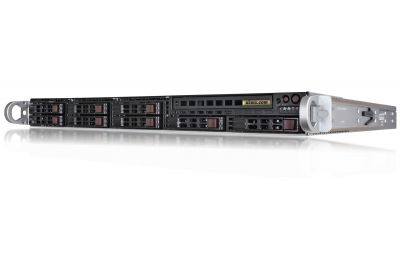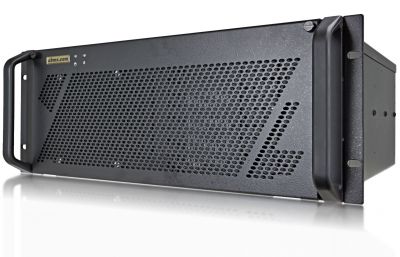A rack mount server is a great way to maximize your shelf space by packing a lot of servers into a small space. Rackmount servers are typically easier for administrators to manage due to proximity, modularity and better cable management. Lockable rack cabinet's doors and steel server front panels provides additional level of physical security. Additionally, rack unit designed servers are better able to keep the server components cool than traditional tower formfactor. Industry standard 19-inch racks will allow you easily expand your business up without taking up more valuable floor space.
Which server size?
There is a lot of thought that needs to go into which size rack server is best best for your project. Both current requirements and future expansion plans need to be taken into account to ensure your server remains capable for the future.
Both large and small projects can be built on the 1U server platform. A reasonable amount of storage can fit within a 1U, processing power has no limits, and some models even allow up to two PCI-Express cards. Modern computer hardware uses much less power than it ever has in the past, which means less heat generation. Some 1U servers to still produce some acoustic noise, but is no where near the level of needing earmuffs like the old days. The only reason to go up in size is for additional expansion options.
2U models allow for multiple "low-profile" PCI-Express cards while keeping a compact form factor and also providing some additional storage space. If the plan is to use multiple full height cards, then 3U or 4U servers should be the focus. The 4U models are very popular and offer the flexible options. The 3U models do have limitations on expansion card compatibility and are really only for situations where rack space needs to be absolutely optimized (14x3U servers or 10x4U servers can fit in a 42u rack).
Contact our support team if you have any questions or if you need advise.





